PAOC Spotlights
2017 Senior Thesis Presentations
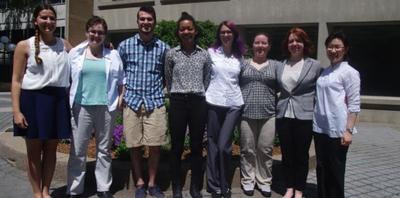
Each year, graduating seniors majoring in EAPS present a thesis in completion of their Bachelor of Science Degree. This year we had a class of 8 students specializing in areas across the earth, atmospheric and planetary sciences, 5 of whom were advised by PAOC members.
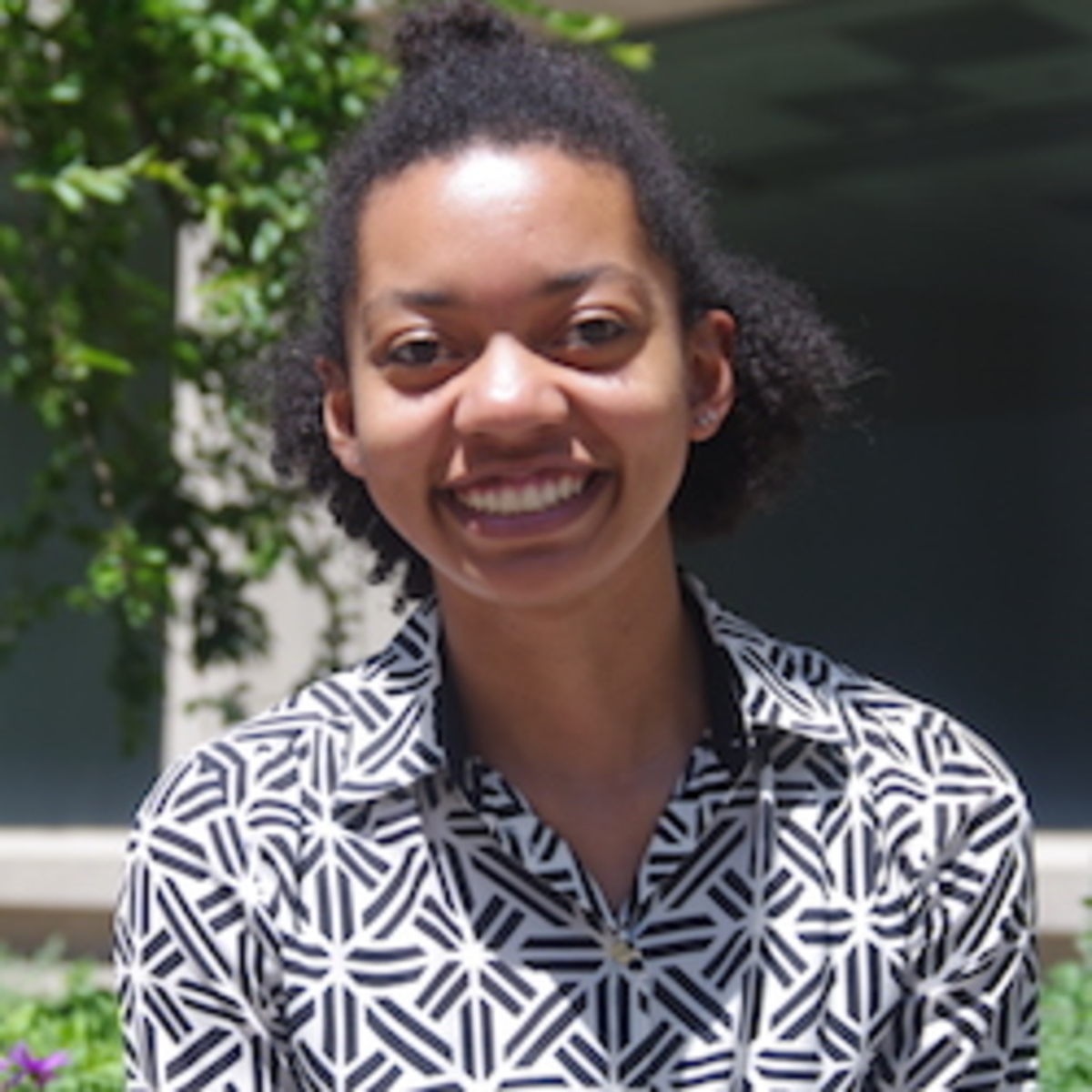
Elizabeth N. Rider (advisor Prof. Noelle Selin)
Research: For her senior thesis project, Rider looked at the effects of the US Environmental Protection Agency's so-called NOx SIP call (Nitrogen Oxide State Implementation Plan), to quantify and compare its effects in urban and rural locales through an analysis of surface ozone data from the EPA's Air Quality System. Applying methods from Extreme Value Theory she calculated and compared 20-year return levels at urban and rural/suburban sites in Illinois. Some questions she addressed included: can the same Extreme Value Theory methods used previously for rural areas be used in analyzing urban areas? And, how did the NOx SIP affect the frequency of extreme ozone events in the city of Chicago when compared to surrounding rural areas?
What's Next: "I will be traveling and spending time with family before applying to graduate programs in atmospheric science and environmental planning."
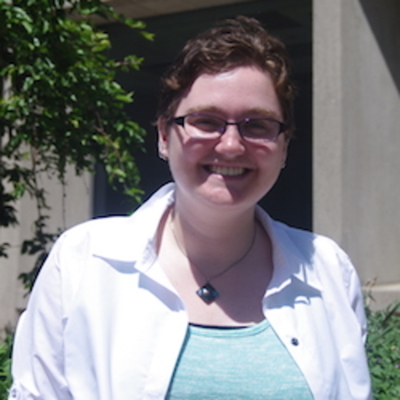
Kaylee Brent (advisor Prof. David McGee)
Research: Calcium carbonate stalagmites began being used as paleoclimate records in the 1990s and their study is a core activity in the McGee Lab. For her senior thesis project, Brent undertook an investigation of the trace element composition of two calcite/aragonite transitions in a sample stalagmite collected in Madagascar, to explore how this relates to local paleoclimatic information revealed by other proxies.
What's Next: "Post-bachelors RA at Pacific Northwest National Laboratory (PNNL) in climate modeling."
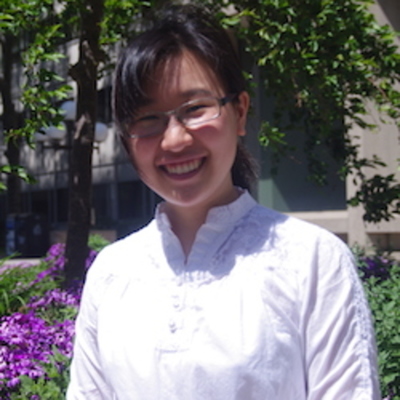
Warittha (Rung) Panasawatwong (advisor Prof. Paul O’Gorman)
Research: When a volcano erupts, sulphuric gases are released into the atmosphere which become oxidised into sulphate aerosols. These increase the Earth's albedo with the result that the atmospheric mean temperature falls. For her senior thesis Panasawatwong set out to assess the robustness of the global mean surface air temperature response to volcanic aerosols as an emergent constraint in determining climate sensitivity in CMIP5 (Coupled Model Intercomparison Project 5) models’ historical experimental output, and to evaluate the lower-troposphere temperature response as an emergent constraint for climate sensitivity.
What's Next: "I will stay in EAPS to pursue a 5th year Masters."
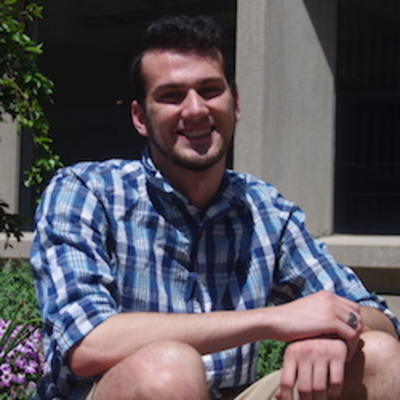
Costa D. Christopoulos (advisor Prof. Dan Cziczo)
Research: For his senior project, Christopoulos, who was awarded EAPS 2017 Christopher Goetze Prize for Undergraduate Research, joined the Cziczo Lab in work important to understanding the formation of clouds. Compositional analysis of atmospheric and laboratory aerosols is often conducted via single-particle mass spectrometry (SPMS), an in situ and real-time analytical technique that produces mass spectra on a single particle basis. In this study, Christopoulos created machine learning classification algorithms using a dataset of SPMS spectra to automatically differentiate particles on the basis of chemistry and size. "While clustering methods have been used to group aerosols into broad categories based on similarity, these models do not incorporate known aerosols labels and are not explicitly formulated for classification. Furthermore, traditional methods often rely on a smaller set of well-known, important variables whereas my proposed method was more general and flexible, allowing researchers to automatically quantify and select important variables from any aerosol subset." In Christopoulos's work, machine learning algorithms build a predictive model from a training set in which the aerosol type associated with each mass spectrum is known. Watch this recording of Christopoulos's presentation to find out more.
What's Next: Undecided

Libby Koolik (advisor Prof. Dan Cziczo)
Research: Koolik, who defended her senior thesis in December 2016, also joined the Cziczo Lab for her project. Two pre-existing cloud sampling devices, the pumped counterflow virtual impactor (PCVI) and aerodynamic lens concentrator (ADL), were modeled using computer aided design software and printed using stereolithography printing. These devices were compared against their industrial counterparts using a series of controlled laboratory tests. The printed PCVI was proven to be as effective as the industrial PCVI in a smaller working range. The printed concentrator effectively concentrated particles, but at a lower concentration factor than the industrial concentrator. This study revealed potential for further refinement in design features for both devices and it served as an essential pre-study for future field campaigns that will use these 3D printed devices.
What's Next: "I have one more semester in the Masters of Engineering in Environmental Engineering program and then I will begin working at Ramboll-Environ in San Francisco in March 2018."
Special thanks, as always, to Jane Connor, EAPS' Lecturer II, for her work supporting and coaching this year's graduating class. Connor, who provides one-on-one writing and effective presentation support to EAPS undergraduates as well as undergraduates in other courses, holds a BA in English from Swarthmore College, and an MA in Languages, Literature and Communication, with an emphasis on Communication Theory, from Columbia University.
Read this story at EAPS News.
Photo: Helen Hill